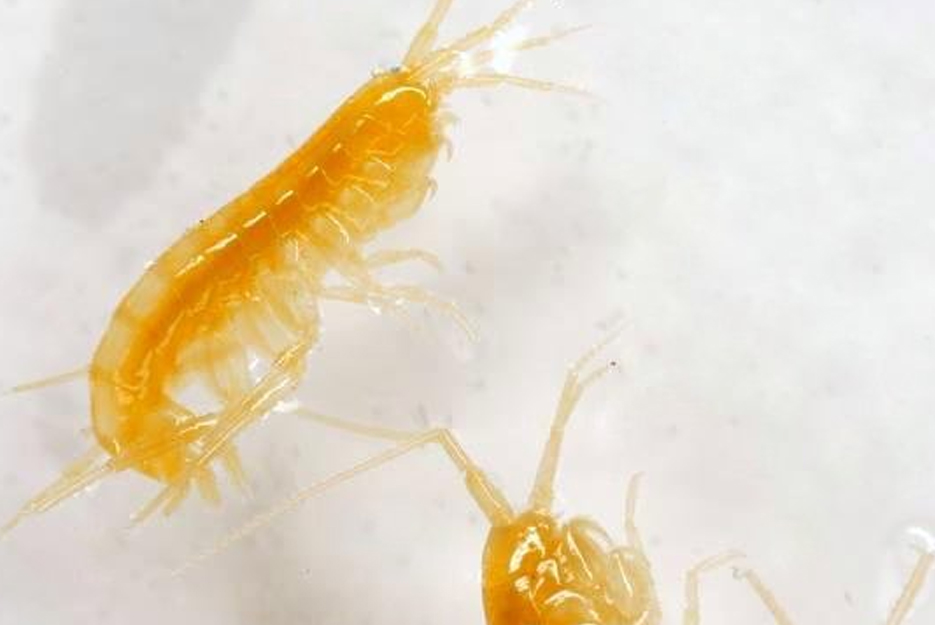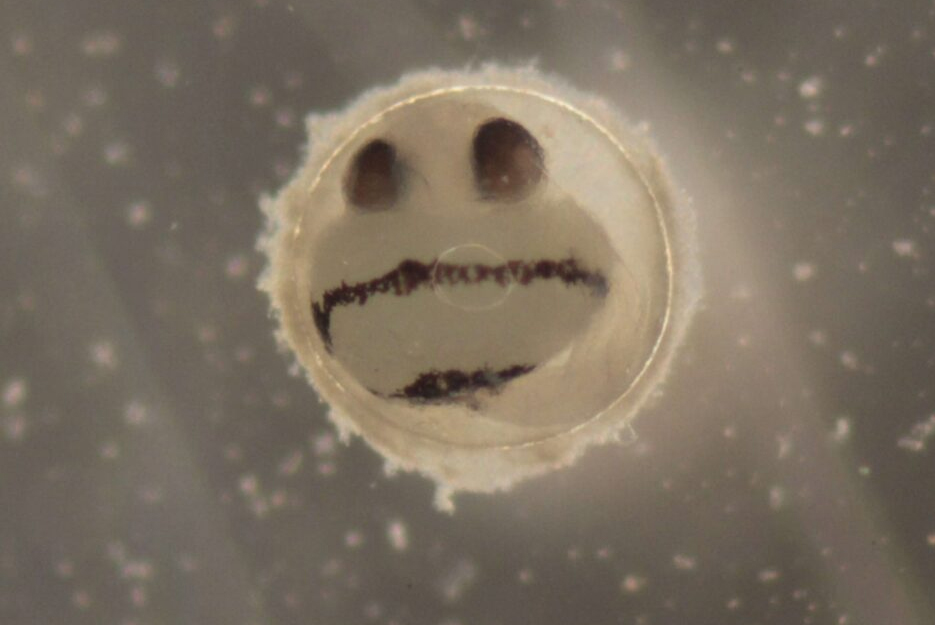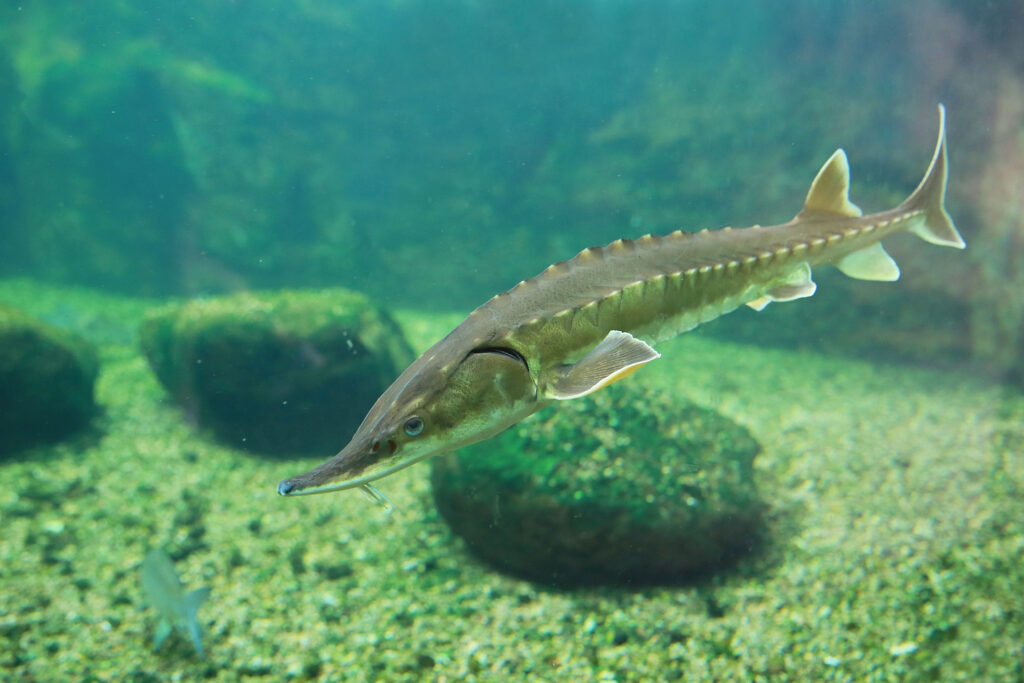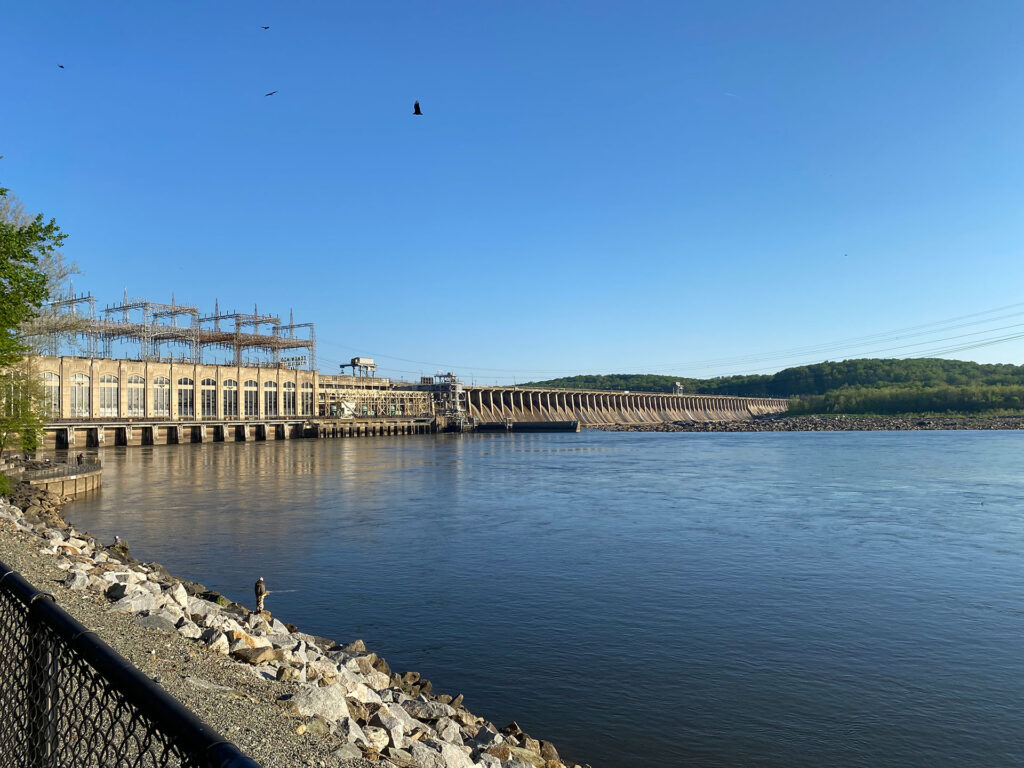In recent blog posts, we have discussed the four-dimensional nature of lotic ecosystems—using our Bug-of-the-Month to illustrate each dimension. More specifically, we’ve discussed the longitudinal dimension and the lateral dimension. For this article, we will focus on the vertical dimension.
It so happens that the interactions I noted previously between upstream versus downstream and river versus floodplain areas of a lotic system also occur between surface water and groundwater. The surface water we admire when a streamside is interconnected with the underlying groundwater (although unseen) is what feeds most stream systems. There is an interface between the two called the hyporheic zone that is chemically distinct from both, and rather interestingly is home to a distinct fauna all its own. Some invertebrates do not for the most part liveon the bottom but rather in it. This is most prevalent in streams with gravel bottoms loose enough to allow what is called interstitial flow (also called ground-water flow). This refers to a relatively slow flow through the sediments that none the less keeps the water oxygenated enough for life and moves food around. Another way to think of this is as an “interstitial highway.”
Some invertebrates including our Bug-of-the-Month are physically adapted to this (extreme) environment. For now, let’s focus on a small crustacean called Stygobromus. These belong to a group of crustaceans that are commonly referred to as side-swimmers or scuds, a name given to them by the way epibenthic (surface) forms swim through the water. Surface forms can be exceptionally numerous and are a major food source for fishes. Fly fishermen imitate them, calling them cress bugs, olive scuds, grey scuds, and the tiny yellow scud.
But not so for Stygobromus. Their habitat is constrained and forever dark so, as is the case for many subterranean forms, their eyes have de-evolved, and they are blind. In fact, that is how we identify them. The body is delicate and very white. Because they can’t see, they “feel around” for their food; so their antennae tend to be very long and tactile. Stygobromus eat mostly bacteria that form a thin film on subterranean gravel. We only get them occasionally in our collections when they wander close enough to the surface.
Next time, we’ll discuss the last dimension, but for now, Stygobromus is our “Bug-of-the-Month.”



